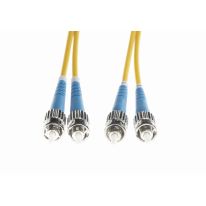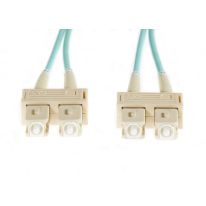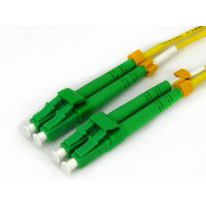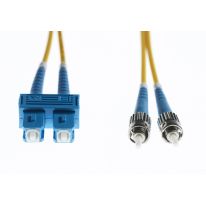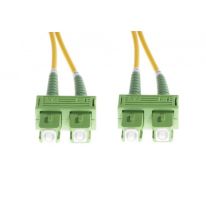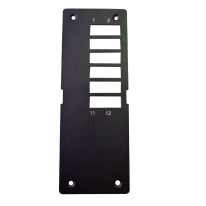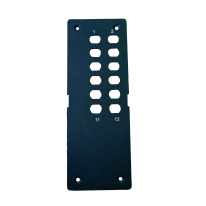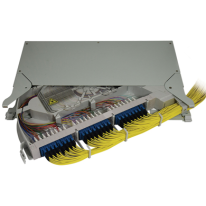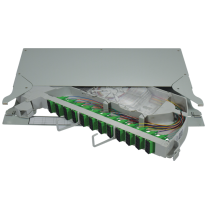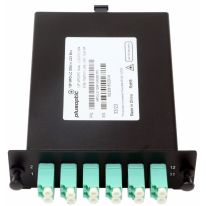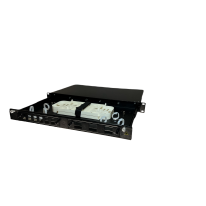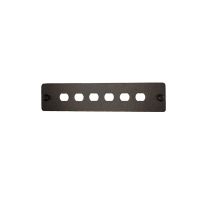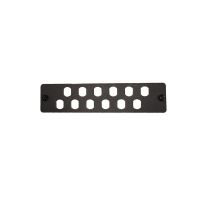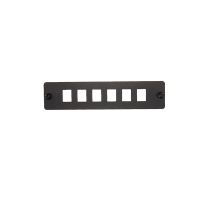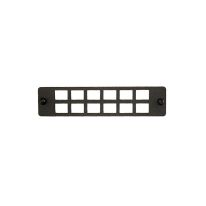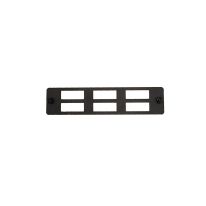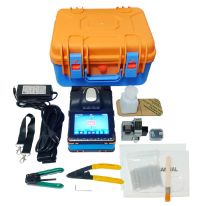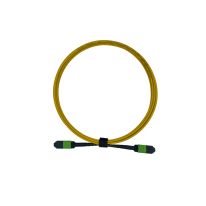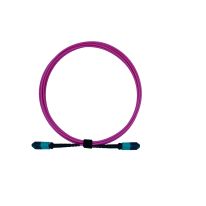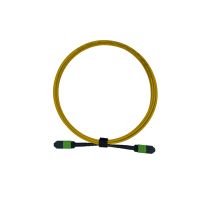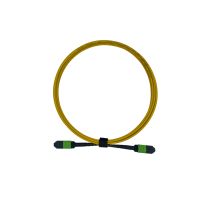-
SaleSKU: FL.OS1STST3M 3m ST-ST OS1 Singlemode Fibre Optic Cable : Yellow
Single Pack
Special Price $14.80 $13.45 Regular Price $21.14 $19.22In stock
-
SaleSKU: FL.OM3SCSC05M 0.5m SC-SC OM3 Multimode Fibre Optic Cable: Aqua
Single Pack
Special Price $11.22 $10.20 Regular Price $16.03 $14.57In stock
-
SaleSKU: 015.005.4205 5m LC/APC - LC/APC OS1 / OS2 Singlemode Fibre Optic Duplex Cable | 3mm Oversleaving
Single Pack
Special Price $21.53 $19.57 Regular Price $30.76 $27.96In stock
-
SaleSKU: 015.005.3510 10m SC-ST OS1 / OS2 Singlemode Fibre Optic Cable | 3mm Oversleeving | Yellow
Single Pack
Special Price $22.21 $20.19 Regular Price $31.72 $28.84In stock
-
SKU: FL.OS2SCAPCSCAPC20M 20m SC/APC - SC/APC OS1 / OS2 Singlemode Fibre Optic Duplex Cable
Single Pack
$71.50 $65.00In stock
-
$25.85 $23.50
In stock
-
SKU: 015.004.0012 12 Port ST Simplex FOBOT DIN Mini Frontplate | Suitable for 015.004.0011$25.85 $23.50
In stock
-
SKU: 015.004.0057 1RU | 19" rack mount pivot FOBOT splice / patch shelf | Capacity 96 - single mode LC/UPC pigtails & quad LC/UPC adapters$759.00 $690.00
In stock
-
SKU: 015.004.0056 1RU | 19" rack mount pivot FOBOT splice / patch shelf | Capacity 48 - single mode SC/APC pigtails & simplex SC/APC adapters$605.00 $550.00
In stock
-
SKU: MPO-LC-12AF-CASSETTE MPO CASSETTE 12 Port LC/UPC OM4 (1 x 12 Core MPO-LC) Type AF$196.90 $179.00
In stock
-
-
$11.00 $10.00
In stock
-
$11.00 $10.00
In stock
-
SKU: 015.004.0009 6 Port SC Simplex / LC Duplex FOBOT Faceplate suitable for 015.004.0026 & 015.004.0028$11.00 $10.00
In stock
-
SKU: 015.004.0008 12 Port SC Simplex / LC Duplex FOBOT Faceplate suitable for 015.004.0026 & 015.004.0028$11.00 $10.00
In stock
-
SKU: 015.004.0007 6 Port SC Duplex / LC Quad FOBOT Faceplate suitable for 015.004.0026 & 015.004.0028$11.00 $10.00
In stock
-
-
SKU: 015.001.0004 High-Quality Fibre Optic Stripper 3 Hole Strip | Diameter: 250 micron, 600-900 micron, 1.6 mm-3.0 mm$144.99 $131.81
In stock
-
SKU: MPOFF-OS2-3M-12 3m MPO-MPO 12F Single mode G652D Fiber Optic Cable | Yellow
Single Pack
$135.54 $123.22In stock
-
SKU: MPOFF-OM4-3M-12 3m MPO-MPO 12F Multimode OM4 Fiber Optic Cable | Magenta
Single Pack
$120.18 $109.25In stock
-
SKU: MPOFF-OM4-10M-12-M 10m MPO-MPO 12F Multimode OM4 Fiber Optic Cable | Magenta
Single Pack
$188.96 $171.78In stock
-
SKU: MPOFF-OS2-10M-12 10m MPO-MPO 12F Single mode G652D Fiber Optic Cable | Yellow
Single Pack
$146.12 $132.84In stock
-
SKU: MPOFF-OS2-5M-12 5m MPO-MPO 12F Single mode G652D Fiber Optic Cable | Yellow
Single Pack
$138.57 $125.97In stock
-
SKU: MPOFF-OS2-10M-8 10m MPO-MPO 8F Single mode G652D Fiber Optic Cable | Yellow
Single Pack
$142.60 $129.64In stock
Fibre Optic Cable
1096 Results




